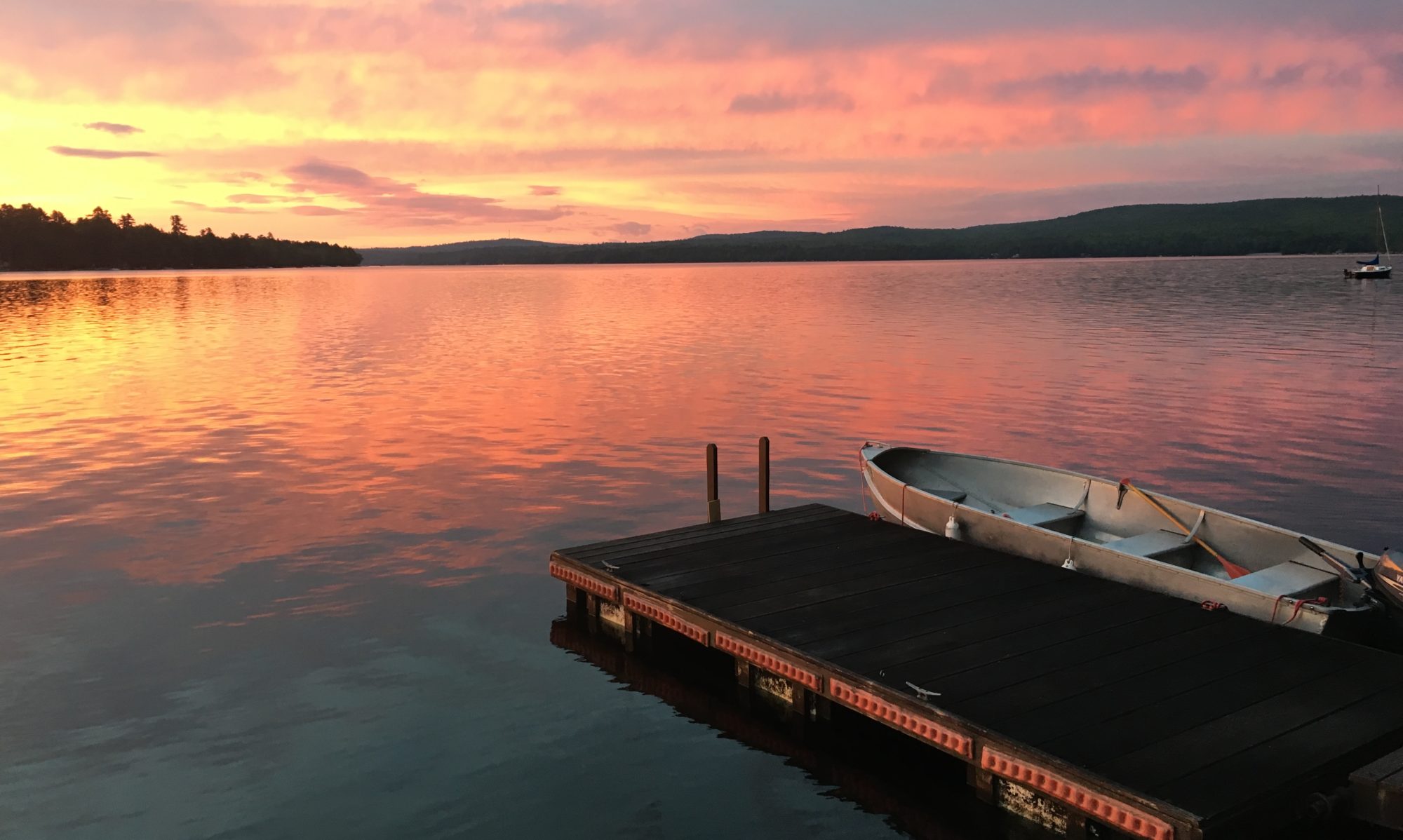Afternoon, late July. The heavy veil of fear shrouding my latest creative project, a sketchbook tribute to my mother’s artistic talent told through her artwork and my words for the Brooklyn Art Library, has floated away. A wisp of memory now, like early morning mist on the cove.
Fear that it will look cluttered and junky, like a child’s coloring book. That I will miss the deadline. That I’ll lose my motivation. That my once-nimble fingers will ruin her delicate sketches. That my limited skills as an artist are just that.
Fear. A residual effect of the pandemic? Maybe. Yet, left unchecked, it corrodes confidence and ambition. Immobilizes my spirit.

But, like all the unnerving things I’ve had to do in the past two weeks—venturing up to the attic after the summer’s first sighting of mice; trudging through the flooded stone-and-mud-cellar in too-big rubber boots to reset the furnace; jumping off the rocks into the 58-degree sea; scrubbing the old-man-living-alone- grunge from my father’s apartment; two-a-day writing sessions with an online global community of other creative types—taking the plunge turns out to be remarkably freeing.
So what if the sketchbook is a cluttered jumble? Or if I emerge from the cove, teeth chattering, ready to curl up in a flannel shirt? So what if my dad’s a hot mess? If I’m out of my comfort zone among other writers? Or whether the mice are now the official mayors of the attic?
My talent—like my mother’s–is painfully, creatively chaotic. The ocean refreshes my soul. My dad is almost 90. Most writers share the same self-doubt.
And the mice were here first.


